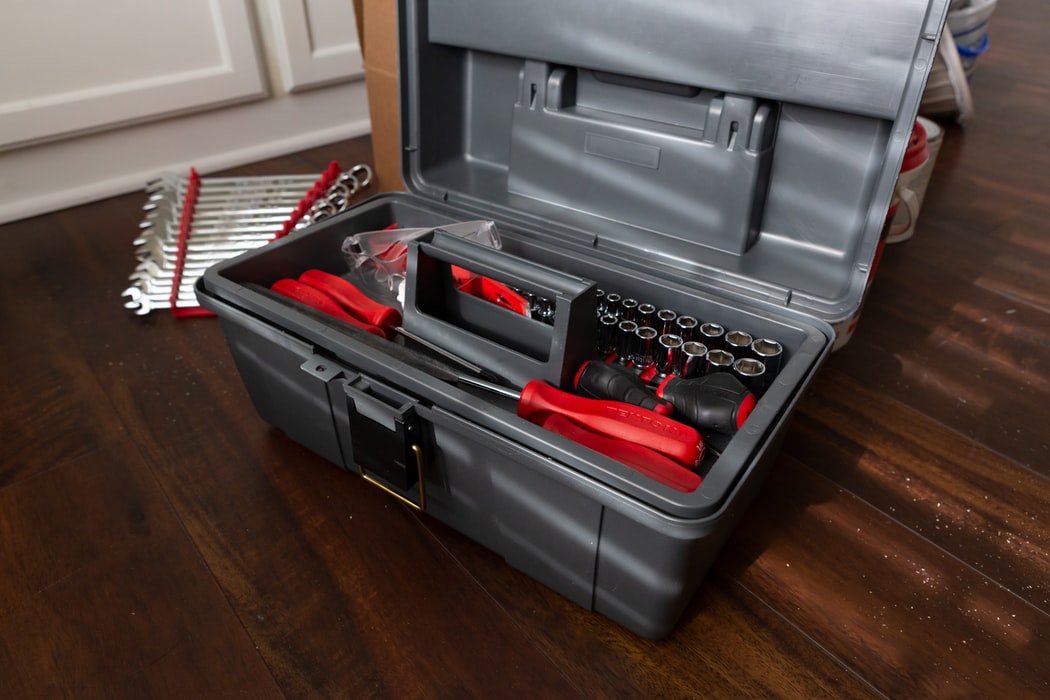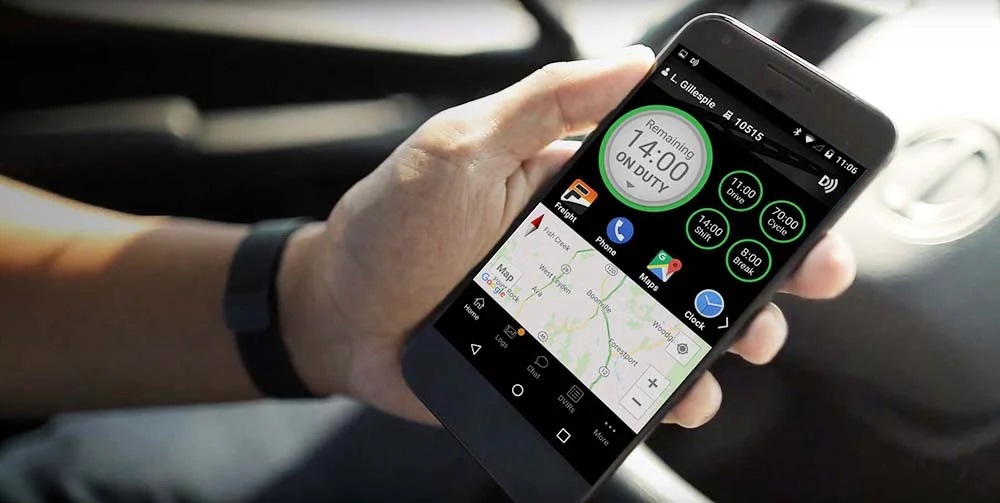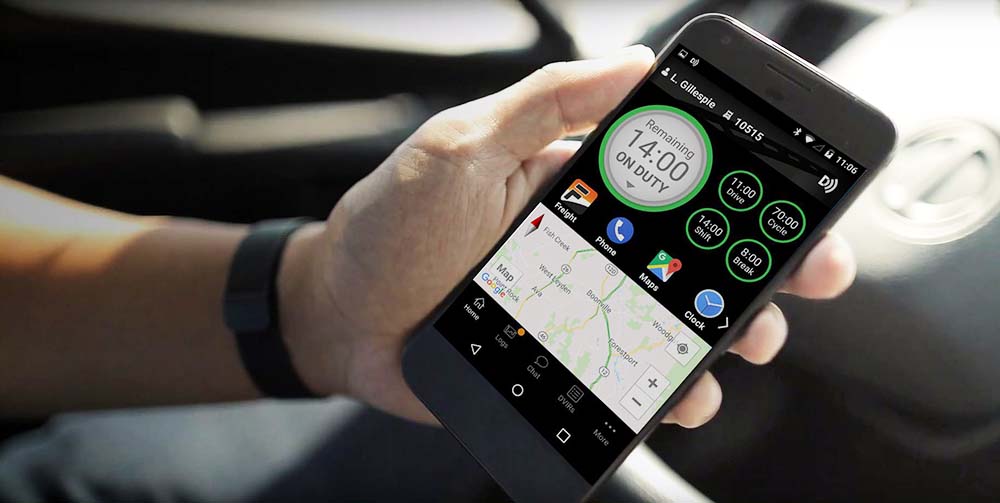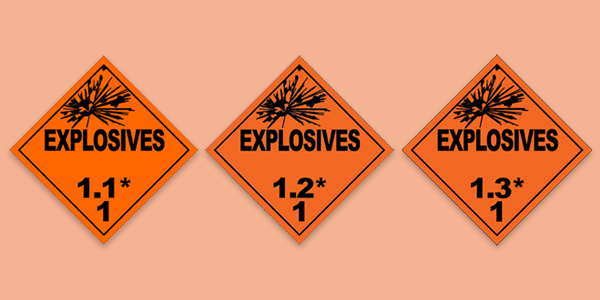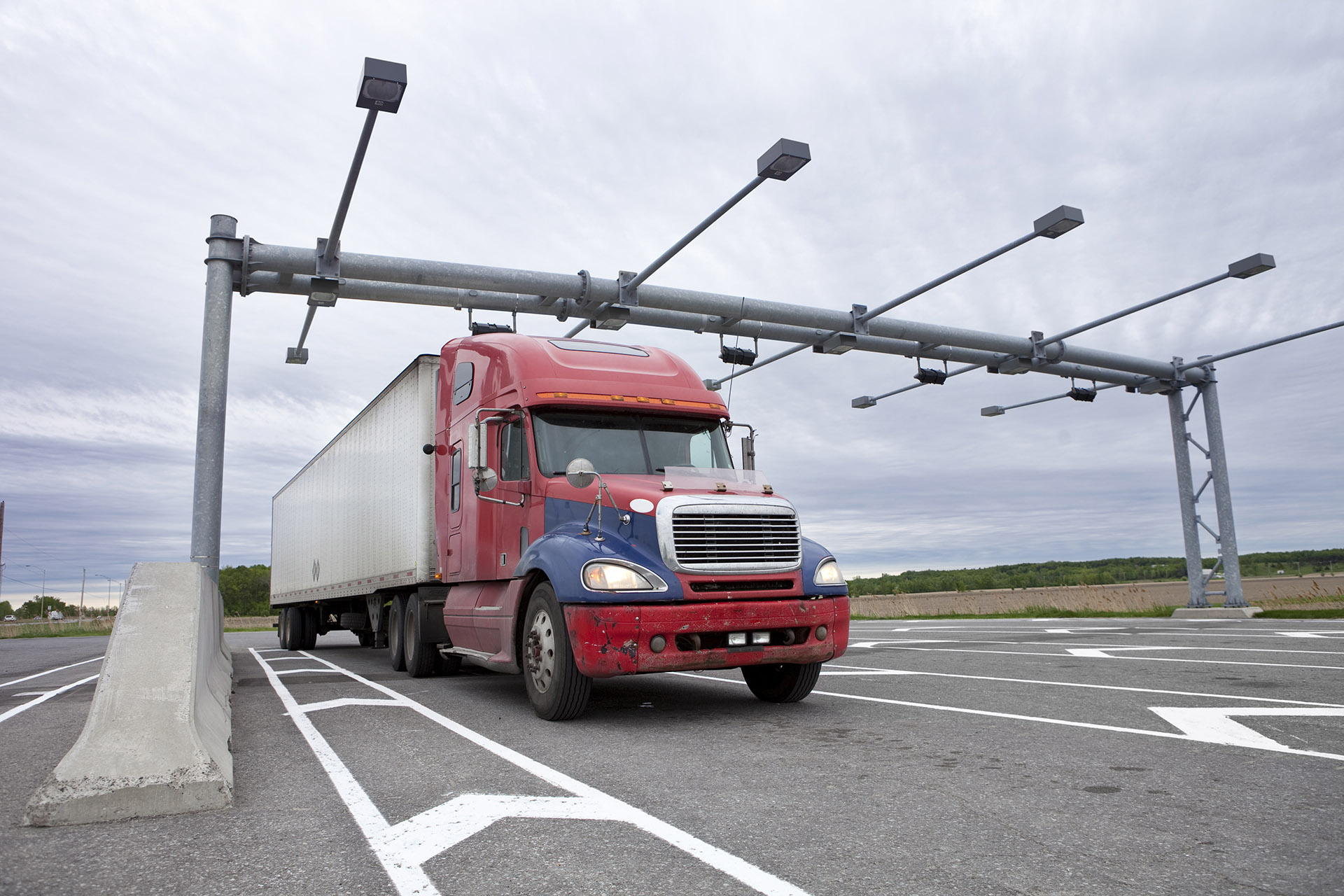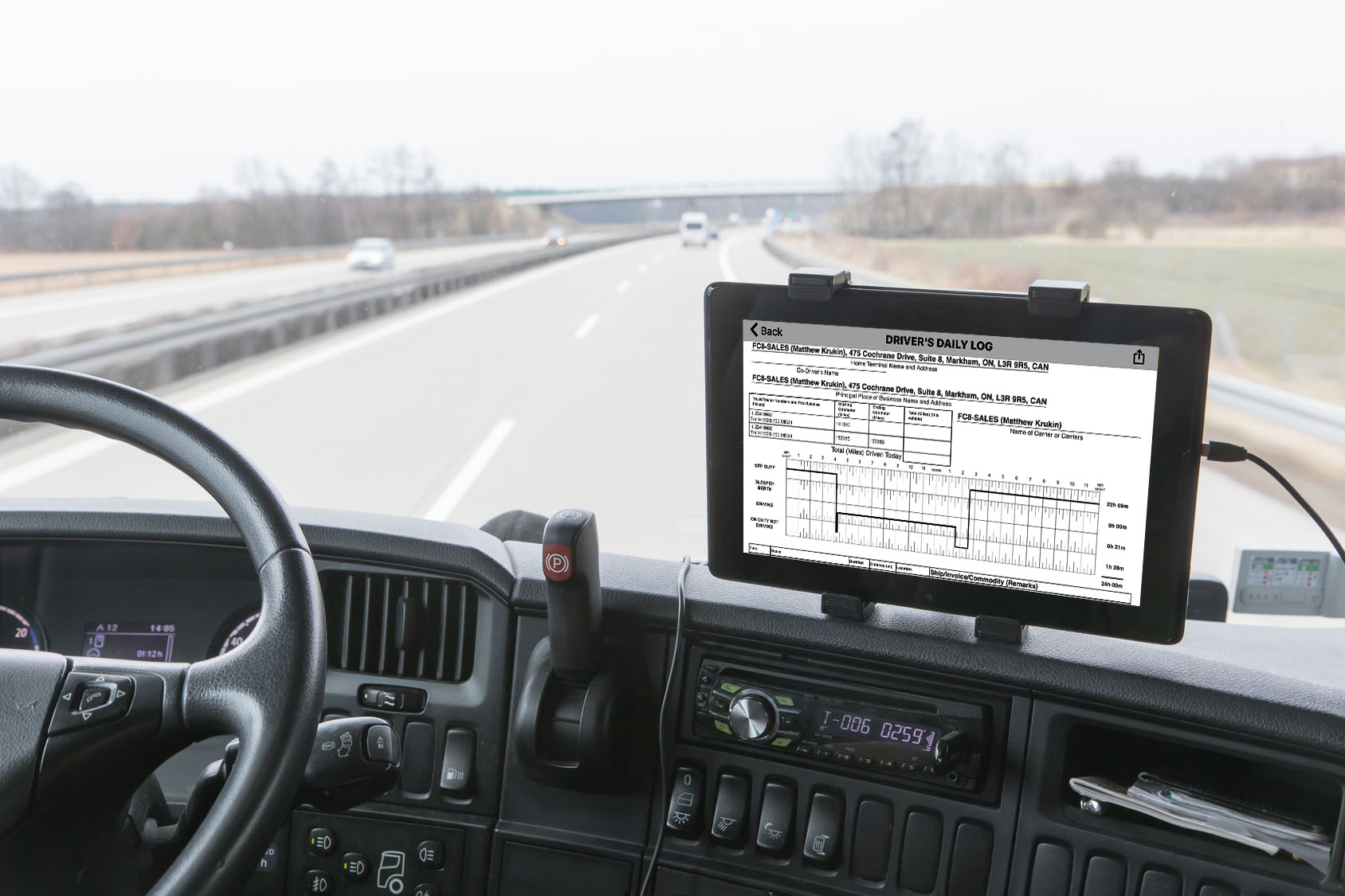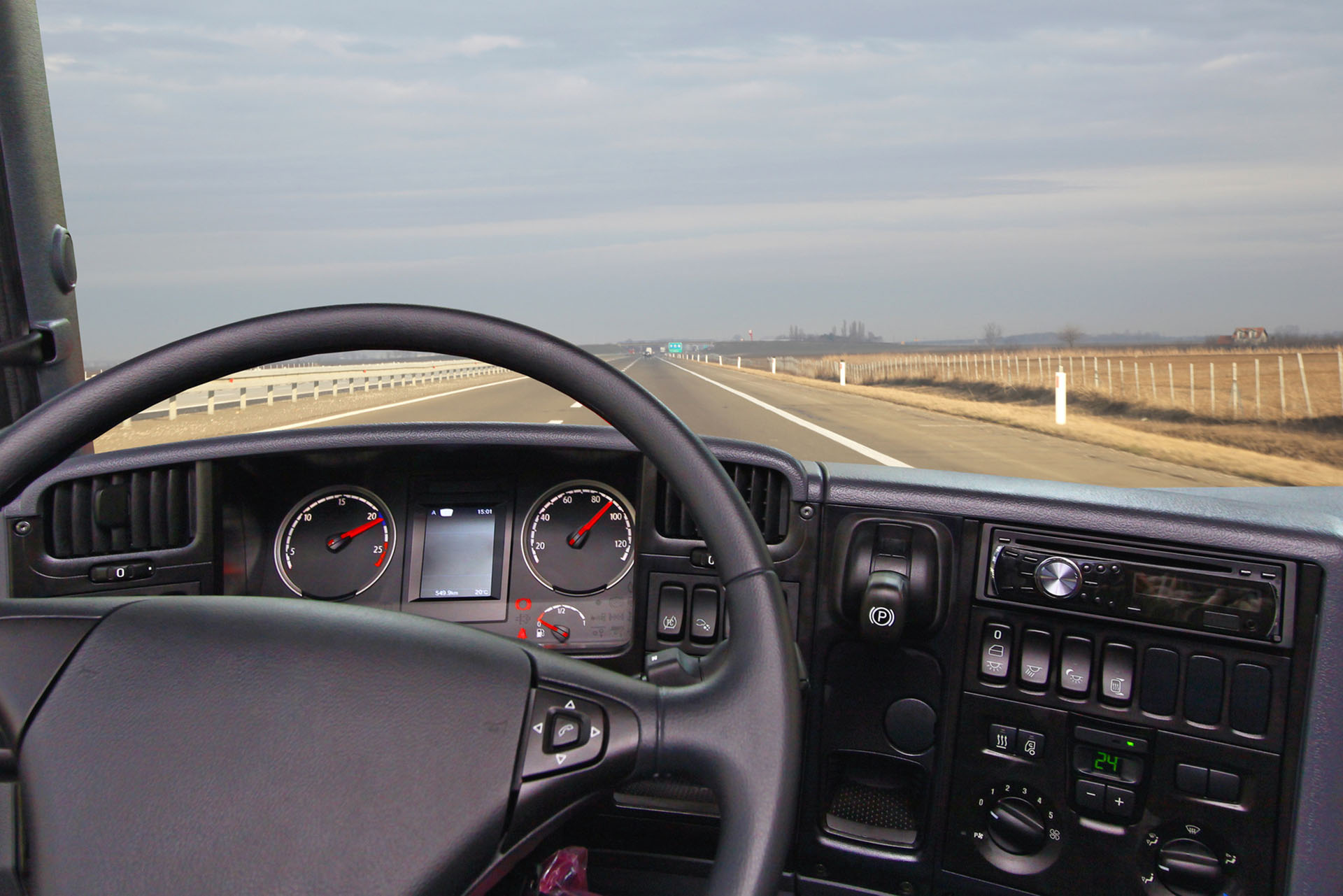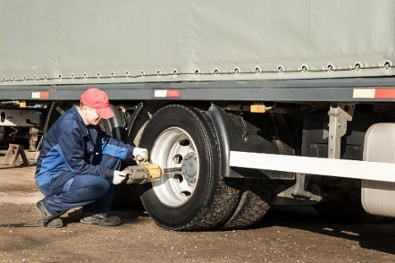The U.S. Federal Motor Carrier Safety Administration (FMCSA) has issued a Notice of Proposed Rulemaking RIN 2126–AC42 to amend Part 393 – Parts and Accessories Necessary for Safe Operation to increase the area within which certain vehicle safety technology devices may be mounted on the interior of the commercial motor vehicle (CMV) windshields.
The FMCSA further proposes to add items to the definition of what is considered vehicle safety technology.
If finalized, the proposal also would make permanent a number of temporary regulatory exemptions granted to Motor Carriers, Original Equipment Manufacturers (OEMs), and Manufacturers of safety technology devices.
At a high level, this proposal would provide for a greater available area for the voluntary deployment of windshield-mounted safety technologies. In scope technology would include lane departure warning systems and automated emergency braking safety systems which have the potential to reduce fatalities, injuries, and property damages.
FMCSA believes that increasing the area within which certain vehicle safety technology devices may be mounted will continue to maintain a level of safety equivalent to, or greater than, the level that would be achieved by the current Part 393.
FMCSA specifically proposes to modify the prohibition on obstructions to a driver’s field of view in §393.60(e)(1)(ii). Specifically, the distance below the upper edge of the area swept by the windshield wipers within which vehicle safety technologies may be mounted in a commercial motor vehicle would increase from 100 mm (4 inches) to 216 mm (8.5 inches)
This expanded area remains outside a driver’s line of sight in front of a commercial vehicle to the road, highway signs, and signals.
FMCSA anticipates that the changes will be positively received by both motor carriers and drivers, since the previous rule less flexibility for the deploy of such technologies that often times resulted in citations at roadside.
Vehicle safety technology is currently in defined in Part 393 to include a fleet-related incident management system, performance or behavior management system, speed management system, lane departure warning system, forward collision warning or mitigation system, active cruise control system, and transponder.
The regulatory definition of vehicle safety technology if adopted by the rule would be expanded to include braking warning systems, braking assist systems, automatic emergency braking, driver camera systems, attention assist warning, Global Positioning Systems, and traffic sign recognition.
Vehicle safety technology would also include systems and devices that contain cameras, lidar, radar, sensors and/or video.
The long-term goal of the rulemaking would be to remove barriers to the development and deployment of future artificial intelligence to further improve road safety for all motorists.
FMCSA said that it would accept public comments on the proposal up to August 5, 2021.















